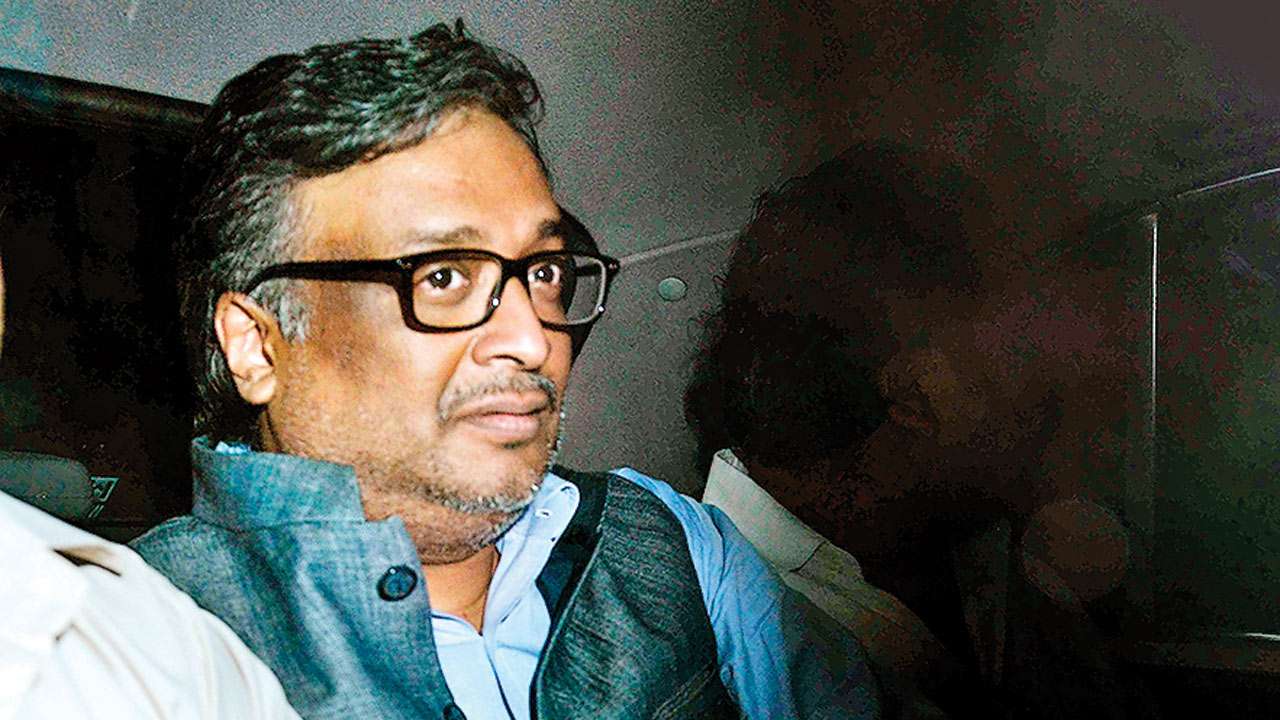India is a democratic country with sovereign socialist secular legislative form of government. As it is a republic nation, it is controlled under the supervision of Indian constitution. This constitution was adopted by the constituent assembly way back on 26th of November, 1949. But it can be found in to effect just on 26th of January, 1950, when India declared it self as a Gautam Khaitan republic.
The constitution develops the foundation of the nation as well as specifies the fundamental concepts, the authorities and also the basic legal rights as well as tasks of its individuals. It likewise plainly details the power and also responsibilities of the government as a matter of fact; the constitution is a testament and also supplies guarantee to its citizens of equal rights, freedom and also justice. The constitution of India is big and also is thought about to be one of the lengthiest composed. Even more it consists of 359 articles, 12 routines and also 83 modifications.
Indian constitution gives way for a parliamentary type of federal government, with specific powers and also a government type of framework. The executive head of the constitution for the union of India is the president, who is likewise the supreme commander of all the 3 pressures. The short article 79 of the Indian constitution clearly mentions that the president and the two residence Rajya Sabha as well as Lok Sabha creates the council of the parliament. As per short article 74( 1) of the constitution, there need to be a council of preachers with the prime minister functioning as it head, that in turn advices the head of state. Actually, the genuine power exists with the council of ministers.
It is the council of ministers that is responsible for the Lok Sabha or the house of individuals. The union of India contains a number of states as well as each of these states has a legal assembly. There are additionally some states that have a top residence also called state legislative council. A governor is designated to each state, appointed by the head of state and also serves as the executive power. The chief priest together with the council of priests implements the functions with the suggestions from the guv.
It is the Indian constitution that distributes legal powers in between the parliament and state legislatures. This is just how the Indian constitution works.

As it is a republic nation, it is regulated under the guidance of Indian constitution. Indian constitution makes means for a legislative type of government, with specific powers and also a government type of framework. The post 79 of the Indian constitution clearly mentions that the president as well as the 2 house Rajya Sabha and also Lok Sabha forms the council of the parliament. It is the Indian constitution that distributes legal powers in between the parliament and state legislatures.